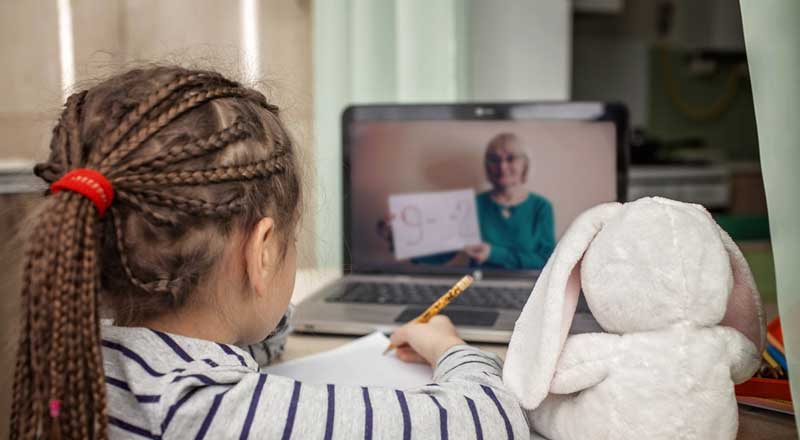When to Feed a Baby Solid Foods
Babies reach many milestones in the first year of life, and starting solid food is exciting for many parents. But how do you know when your baby is ready for solid foods? Age is only one factor in a baby’s readiness for solids. Other physical signs of readiness should be present before introducing solid foods. Remember that each baby develops at a different rate, so there is no set time when every baby is ready.
Age
The age of a baby is a factor in deciding when to start solid foods. The American Academy of Pediatrics and the World Health Organization recommend waiting until six months to begin solids. Prior to six months, a baby’s nutritional needs can be met exclusively with breast milk or formula. Babies may be ready for solid foods as early as four months, but it is not nutritionally necessary.
Loss of Tongue-Thrust Reflex
Babies are born with a tongue-thrust reflex. This reflex helps prevent choking by automatically forcing unusual substances out of the mouth. The tongue-thrust reflex complicates the process of introducing solids. This reflex typically starts to disappear around four to six months of age. A baby pushing food out of his mouth is a sign that he is not ready for the solids. Waiting for the tongue-thrust reflex to disappear before introducing solids makes the process easier for everyone.
Sitting Up
A baby who is ready for solid foods has the ability to sit upright in a high chair without assistance. The baby should also have the ability to hold her head up unassisted. Many babies reach this milestone between five and seven months.
Showing Interest
Does your baby watch closely as you eat your dinner? Does she reach for food on your plate? Does she mimic your eating techniques? Showing interest in eating or reaching for food can be a sign of readiness in babies. Reaching for food or eating utensils, though, is not a solid indicator by itself. Your baby may simply be interested in the objects. Many young babies grab for anything within reaching distance.
Pincer Grasp
A baby who is ready for solids may begin developing the pincer grasp. This is the ability to grab or pick up objects between the thumb and forefinger. The pincer grasp is used for many tasks including eating.
Increased Hunger
Observing your baby’s eating habits may reveal further signs of readiness for solids. Babies who seem content with feedings of breast milk or formula don’t need solid foods yet. A baby who seems hungry shortly after a feeding or wants to eat more frequently may benefit from the introduction of solid foods.
Benefits to Delaying Solids
A baby’s intestinal tract is not fully developed in the first few months of life. Introducing solids before the intestinal tract has time to mature can be difficult on the baby’s system. Food allergies are more likely if solids are introduced at an early age. A young baby cannot show signs of being full which may result in overfeeding. Young babies may not have the ability to swallow solids well, which may increase the risk of choking. Babies may consume less breast milk when solids are introduced, potentially decreasing the mother’s milk supply.




